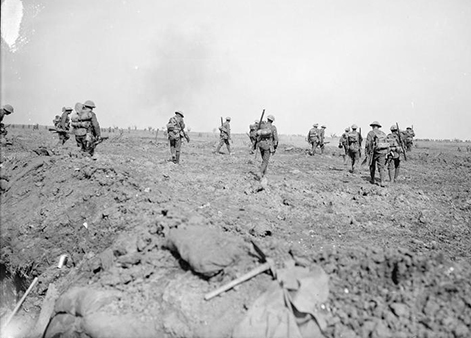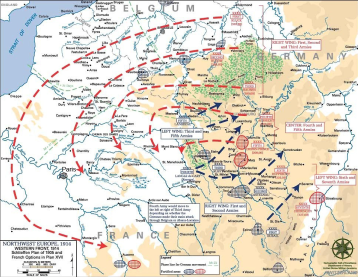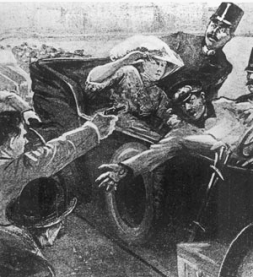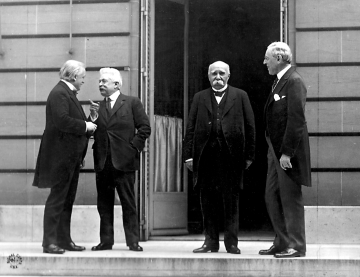 Between 1 July and 18 November 1916 an infamous battle raged near the small river Somme in Northern France. Its significance was already apparent to contemporaries, and it shaped our memory of the First World War like no other battle. At the mere mention of the Somme, images of futile deaths in a muddy no-man’s land still readily come to mind a hundred years later.
Between 1 July and 18 November 1916 an infamous battle raged near the small river Somme in Northern France. Its significance was already apparent to contemporaries, and it shaped our memory of the First World War like no other battle. At the mere mention of the Somme, images of futile deaths in a muddy no-man’s land still readily come to mind a hundred years later.
The Battle of the Somme saw a number of ‘firsts’. It was the biggest offensive of that year (surpassing even the Battle of Verdun which since February of that year had locked French and German troops in an attempt to bleed the opponent dry). It was the first larger offensive to involve Kitchener’s new army of volunteers, and tanks were used in battle for the first time. The Somme needs to be understood in the context of the other big battle of 1916: Verdun. It was because of Verdun, which demanded huge numbers of French troops being deployed away from the planned Somme offensive, that for the first time the British army found itself having to take the brunt in a major offensive on the Western Front. Instead of the Allies’ planned coordinated decisive battle in which France would have taken the lead, the Battle of the Somme became instead a British battle with French support.
The two big battles of 1916, Verdun and Somme, resulted in combined casualties of around 1.5 million. It is well-known that the first day of the Battle was the bloodiest in British military history, with 19,240 dead and 35,493 injured – total casualties (including the dead, injured, prisoners of war and those missing) amounted to 57,470. No matter how often one reads these statistics, they remain staggeringly and inconceivably high. When fighting ended in November 1916, the BEF had gained an area of approximately 10 kilometres along a stretch of 35 kilometres at a cost of 419,654 casualties. The French suffered roughly half those casualties and won twice the territory – still arguably a devastatingly small gain for an indefensible number of losses.
But what of the Germans? In British accounts of the Somme, they are sometimes curiously absent. Yet they, too, suffered some 465,000 casualties – more, in fact, than the British Army (some estimate these to be higher still, approximately 600,000, as much as the combined total losses for the Allies). But in the German national memory of the war, other battles are more prominent and have had more of an influence on the national psyche. Verdun, in which French and German troops fought a long and embittered campaign, for example, is the emotive German equivalent for Britain’s Somme, regarded as the ‘blood-mill’ in which German soldiers were senselessly sacrificed while failing to achieve Erich von Falkenhayn’s plan to ‘bleed the French army dry’. The Somme, in contrast, features less prominently among the battles of the First World War which left an indelible memory among Germans.
Explore the origins of the First World War
Discover the definition and treatment of shell shock





Rate and Review
Rate this article
Review this article
Log into OpenLearn to leave reviews and join in the conversation.
Article reviews